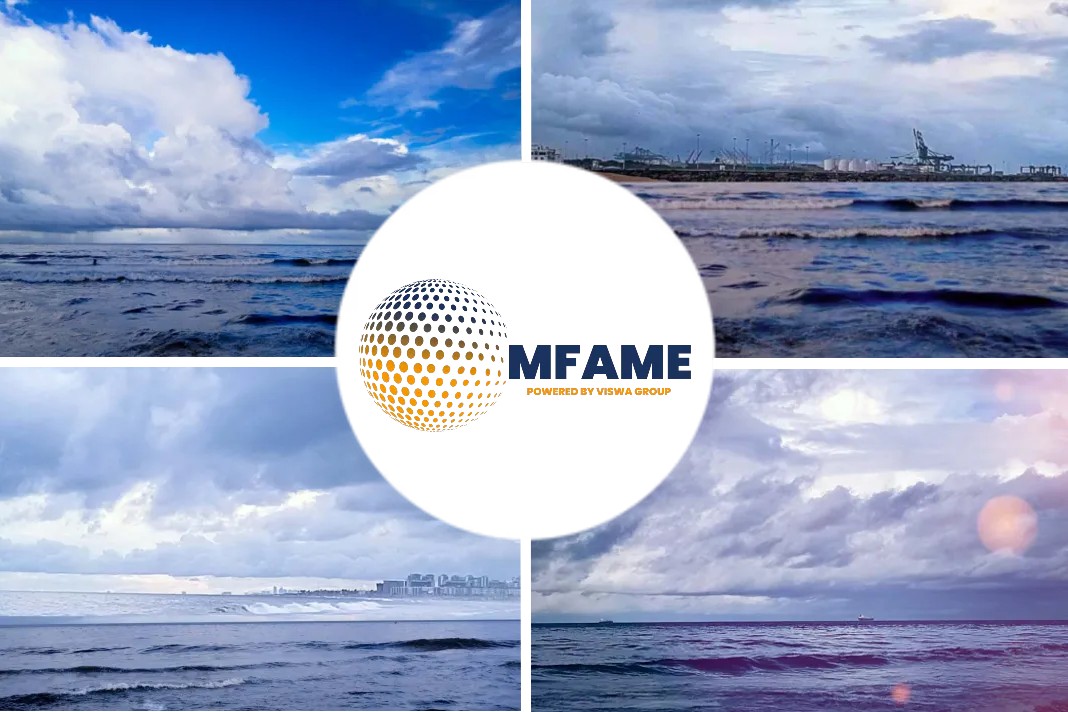With the tanker market inching higher as of late, it’s worth taking a closer look at the future trends which could shape demand and determine ship owners’ decisions moving forward, as in the medium-term, the oil markets could be headed for shifts of collosal proportions. In its latest weekly report, shipbroker Gibson noted that “in the most recent International Energy Agency (IEA) medium-term outlook, the agency has forecast global oil demand will rise from 96.6 million b/d in 2016 to 103.8 million b/d by 2022 and that this demand growth will mainly come from non-OECD counties. Forecast oil demand growth for non-OECD counties, according to the outlook, is expected to rise by 8.5 million b/d by 2022 while in contrast OECD demand is expected to decline by 1.2 million b/d over the same period. More efficient oil use and the shift towards alternative energy sources are cited as part of the reasons behind slower demand growth. So effectively (no surprise) the bulk of future oil demand will continue to come from Asia Pacific region. The IEA estimate Asian crude demand will increase by approximately 5 million b/d by 2022”.
According to the London-based shipbroker, “over the past few years, Asian crude producers have experienced a continual decline in domestic production, in part due to the low oil price environment (cheaper to buy on the international market) as well as depleting oil fields and lack of fresh investment. Latest analysis states that this situation is unlikely to change in the foreseeable future. In fact, research points towards further downwards pressure on Asian oil production which is set to fall by more than 600,000 b/d by 2022. This would be the equivalent of 1% of global oil demand. Half of Asia’s forecast production decline is accounted for by China, still the largest producer, but many fields are mature, drying up and extraction is becoming more expensive. According to the IEA Chinese production has reached its lowest level in nearly a decade and shows no sign of recovering forecasting a drop to 3.7 million b/d by 2022 compared with 4 million b/d in 2016. The situation is the same for other Asian countries. By 2022 the IEA believe that in addition to Chinese losses other Asian producers will see a 410,000 b/d drop in production with the biggest decline from Indonesia (minus 125,000 b/d). Smaller losses are forecast for Malaysia, Thailand, Vietnam and India over the outlook period, but nevertheless add to the picture. Of the Asian producers only Australian production is set to grow”.
Gibson added that “all the above could provide support for the crude tanker market in the medium-term, in particular the VLCC sector. The IEA report claims that not all the additional barrels will be met by Middle-East producers as more production will be absorbed by the local refiners. Consequently, barrels will have to be sourced from other regions including the USA. Other developments in the Asian region include expanding refinery capacity which will naturally require feedstock whether sourced domestically or otherwise. An example of this is the 200,000 b/d Vietnamese Nghi Son refinery expected to receive its first shipment of crude in May. Nghi Son is 35% owned by Kuwait Petroleum and will eventually produce 8.4 million tonnes of product annually meeting around 40% of growing domestic demand. These kind of developments will support long-haul crude trades but could impact on the short-haul Aframax market in north Asia which are already impacted by pipeline developments. And of course, new refinery developments may support the crude import sector but may compete with long haul product flows into the region. As the tanker market starts to feel the impact of the recent OPEC agreement, the industry continues to seek some good news to boost spirits”.
Did you subscribe for our daily newsletter?
It’s Free! Click here to Subscribe!
Source: Gibson















